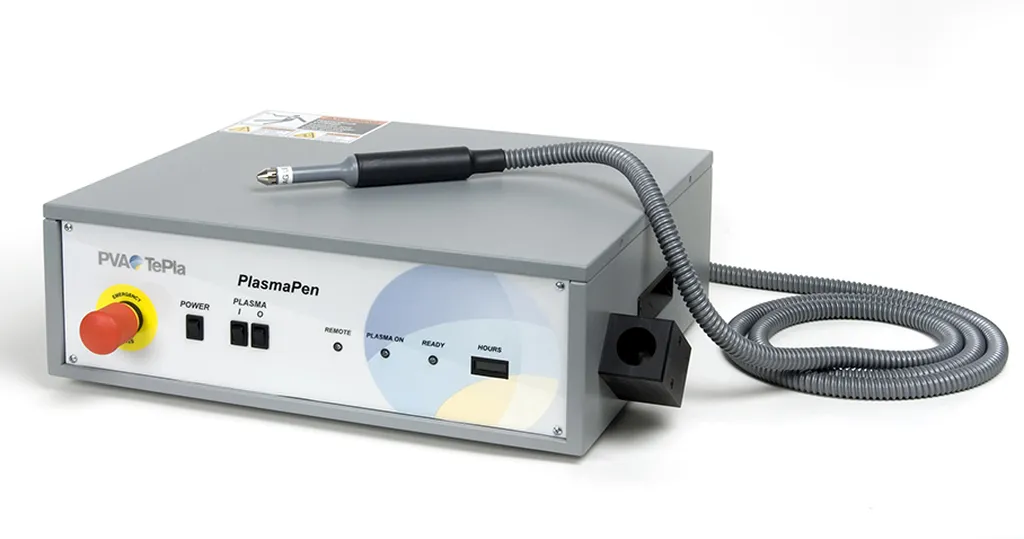In the quest to enhance the bond strength of materials crucial to the energy sector, a recent study has shed light on the promising potential of plasma treatment. Published in the journal *Materials Research Express* (translated from Turkish as “Materials Research Express”), the research, led by Yunus Emre Nehri from the Department of Mechanical Engineering at Balıkesir University in Türkiye, explores how atmospheric pressure cold and hot plasma treatments can significantly improve the adhesive bond strength of aluminum alloy 5049 (Al 5049) and carbon fiber reinforced polymer composite (CFRP).
The study, which employed a Central Composite Design using the Response Surface Method (RSM), investigated the effects of plasma treatments on the surfaces of Al 5049 and CFRP. Nehri and his team applied plasma treatments at varying distances and passes, measuring the contact angles and adhesive strengths of the materials. The results were striking. “We observed a notable decrease in contact angles, indicating improved wettability of the surfaces,” Nehri explained. “This enhancement in surface energy is crucial for achieving stronger adhesive bonds.”
The research revealed that atmospheric pressure cold plasma treatment reduced the average contact angle by 13.68% on the Al 5049 surface and by 11.86% on the CFRP surface. Hot plasma treatment proved even more effective, decreasing the contact angles by 26.04% and 30.08% respectively. Consequently, the shear stress results of single-lap joints showed a 5.83% increase after cold plasma treatment and a 7.97% increase after hot plasma treatment.
The implications of this research are profound for the energy sector, where the reliability and durability of adhesive bonds are paramount. “Stronger adhesive bonds can lead to more robust and efficient structures, which is particularly important in applications such as wind turbines, solar panels, and other energy infrastructure,” Nehri noted. The enhanced bond strength can contribute to the longevity and performance of these structures, ultimately reducing maintenance costs and improving overall efficiency.
This study not only highlights the potential of plasma treatment in improving material bonds but also opens up new avenues for further research. As the energy sector continues to evolve, the need for innovative solutions to enhance material performance will only grow. The findings published in *Materials Research Express* provide a solid foundation for future developments in this field, offering a glimpse into the transformative power of plasma technology.

